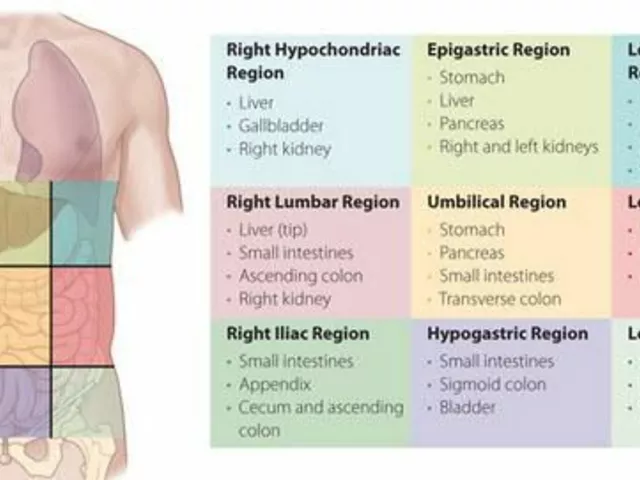Dental procedures: quick, practical advice before you sit in the chair
Need a filling, an implant, or a wisdom tooth pulled? Dental procedures can feel scary, but knowing what to expect cuts stress and speeds recovery. Below are straightforward, useful tips you can use the day before, the day of, and in the week after any dental work.
Common dental procedures and what they feel like
Fillings: Quick, usually one visit. You’ll get local numbing; expect mild soreness for a day or two. Root canals: Designed to save an infected tooth. Modern technique is much less painful than the infection itself; plan for tenderness afterward. Extractions: Simple pulls heal fast; surgical extractions (like impacted wisdom teeth) can cause swelling for several days. Implants and crowns: Implants are surgery plus months of healing; crowns are often two visits—prep and cement. Cleanings and scaling: Low-risk, routine care that may cause temporary gum sensitivity.
If you have a medical condition—like blood thinners, diabetes, or cancer—tell your dentist. For example, patients with multiple myeloma or those on bisphosphonates need special planning because certain extractions can raise the risk of jaw bone issues. Your dentist will coordinate with your doctor when needed.
How to prepare, and smart aftercare
Before the appointment: bring a list of medications (include supplements), your insurance info, and any recent medical notes. Ask whether you should fast—only necessary for sedation or general anesthesia. Confirm parking and expected visit length so you don’t rush.
Day of the procedure: arrive rested, wear comfortable clothes, and arrange a ride home if you’ll be sedated. Follow pre-op instructions exactly—missing one step (like taking or skipping an antibiotic or blood thinner without advice) can cause complications.
Aftercare basics: control bleeding with gentle pressure and a gauze pad; use ice on the outside for swelling in 10-minute intervals during the first 24 hours; take prescribed pain meds or use ibuprofen unless your doctor says otherwise. Avoid smoking and heavy exercise for at least 48–72 hours—both slow healing. Eat soft foods and keep the area clean but avoid vigorous rinsing on day one.
Watch for warning signs: high fever, worsening pain after initial improvement, heavy or prolonged bleeding, or numbness that won’t fade. Call your dentist right away if any of these happen.
Costs vary a lot: a basic filling can be under $200 in many places, while implants often run into the thousands. Always ask for an estimate and what the fee covers—imaging, lab work, follow-ups—and whether payment plans exist.
Final tips: ask your dentist what to expect step-by-step, request photos or models if you need a visual, and read a couple of recent patient reviews. Good communication beats surprises. You don’t have to like the idea of dental work, but you can control how prepared you are—and that makes a big difference in comfort and recovery.

Oxymetazoline Hydrochloride: How It Improves Dental Procedures
Oxymetazoline hydrochloride isn't just for stuffy noses—dentists rely on it to control bleeding and make procedures smoother. This article explains why oxymetazoline hydrochloride is popping up in dental clinics, how it helps with anesthesia, and top tips for safe use. Curious about the science behind it or if it could make your next dental visit easier? Here’s everything you need to know.
Detail



